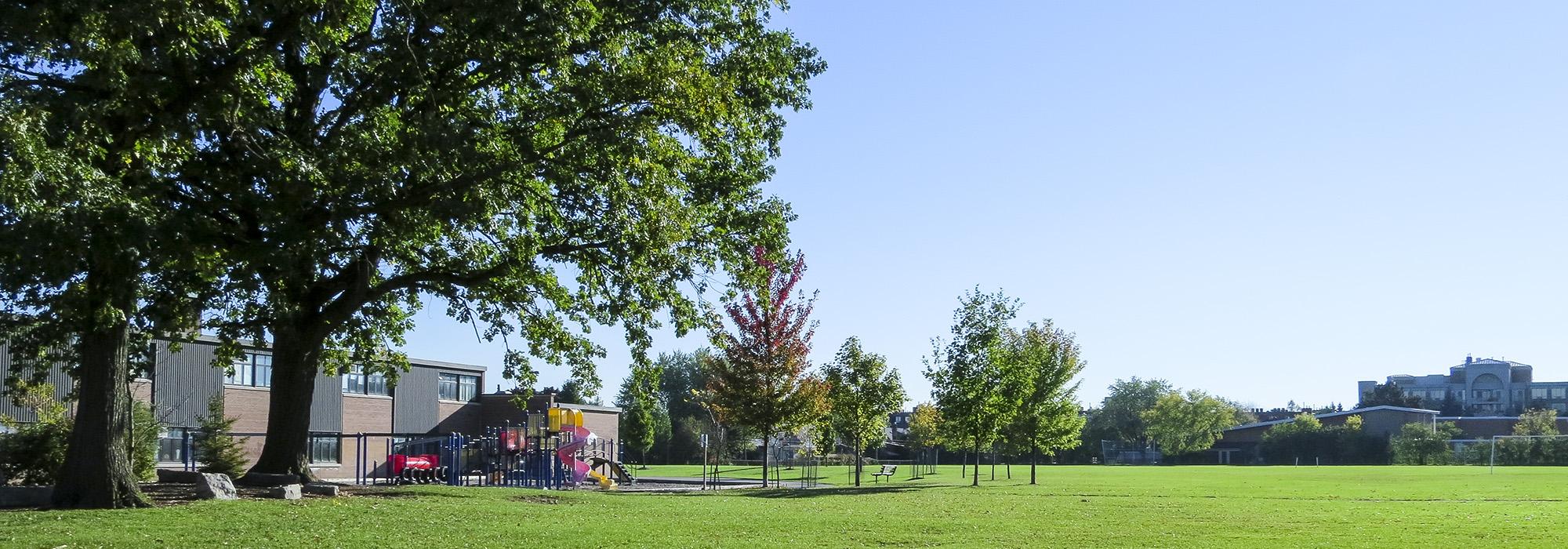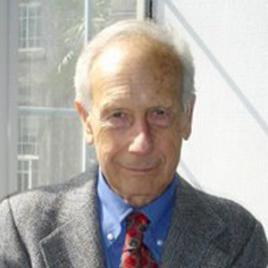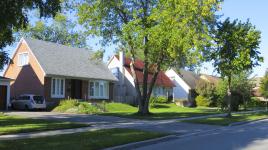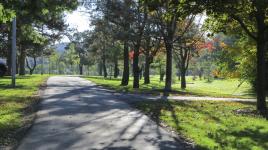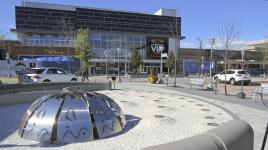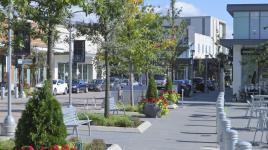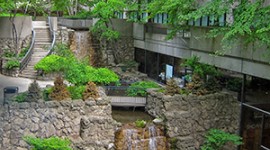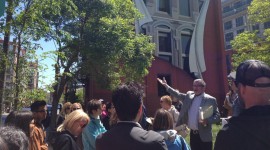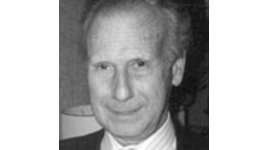Pioneer Information
Born in Nanjing, China, Hancock moved to Canada, where in 1930 his family opened Woodland Nurseries in Mississauga. He was a pilot during World War II, before earning his bachelor’s degree in agriculture from the Ontario Agricultural College (now the University of Guelph) in 1949. He then entered Harvard’s Graduate School of Design, which was at that time a bastion of American modernism. While there, business magnate E.P. Taylor hired him (Hancock’s father-in-law, Karl Fraser, was president of one of Taylor’s firms) to design the community of Don Mills, in Toronto. The project served as Hancock’s Harvard thesis, and would shape his long career as a town planner.
Developed between 1953 and 1965, Don Mills included a range of housing types in the Modernist style, set among curving streets and cul-de-sacs. It became a much-studied model for town planning, and in 1956, Hancock helped found and became president of Project Planning Associates, Ltd., joined by several members of the team that had created Don Mills. The firm planned many prominent projects, including Ontario Place, in Toronto, and the International and Universal Exposition of 1967, in Montreal, with others in Australia, Bahamas, China, Kuwait, and Pakistan. Hancock served as President of the Canadian Institute of Planners, and of the Ontario Association of Landscape Architects. He was also a Fellow of the Canadian Society of Landscape Architects, which awarded him its Lifetime Achievement Award in 2009. In 1997, the Ontario Heritage Foundation designated Don Mills a heritage site, and in 2003, Hancock received the Order of Ontario for achievements in urban planning. He died at Sunnybrook Hospital in Toronto.



